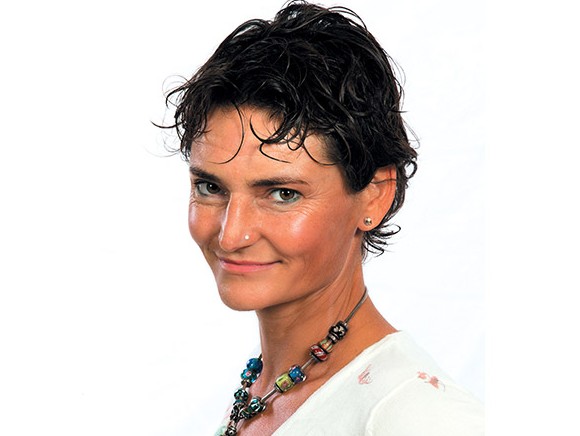
Package (verb): ‘put into a box or wrapping for sale or transport’, according to the definition in the Oxford English dictionary. If only things were that simple. Packaging is about shapes, the choice of materials and logistics, about labelling, food safety and marketing, about automation, intelligent sensors, preservation methods and convenience, and of course about bio-based, reuse and recycling.
Reuse and recycling are crucial, especially if we are to achieve the circular economy goals set by the Dutch government. But not everything is running smoothly. There is still much to be done in terms of MOAH and MOSH, the possibly carcinogenic mineral oil components that largely come from ink residues in the recycled paper used to make many packaging materials.
The EU is currently in the process of setting up and implementing a study to monitor foodstuffs and packaging for MO. It will take some time before the findings from this study, which are needed for further European decision-making, become available, however, so we shouldn’t expect any legislative measures in the short term.
Just as with the issue of food fraud, the Dutch government takes a clear stance: “It is the responsibility of food processing companies themselves to check whether their products are contaminated with MO, identify the source of the contamination and investigate whether the use of different packaging materials could solve the problem,” according to Edith Schippers, Dutch minister of public health, welfare and sport. This is finding resonance. The Netherlands Institute for Sustainable Packaging (KIDV), a joint government/private sector initiative, has announced that a research team will this year explore the problem of migration/contamination resulting from the use of recycled paper and cardboard in the food industry, and how contamination by inks and mineral oils can be reduced by improving recycling processes.
Another thing: according to the Oxford English Dictionary, to package is to ‘put into a box or wrapping’. That’s very true, but I would like to add the following: ‘...also taking into account the fact that the product must be removed again’. My daughter’s struggle to free a cucumber from its vacuum packaging is always amusing. Before using a new bottle of ketchup, I first have to unscrew the top and remove the protective seal; the lip is too short and too slippery, and the seal is attached a little too firmly – what a carry-on! And even though the pack of sliced salami is clearly marked ‘Open here’, I know from experience that I can better use a pair of scissors before even trying. And then I think to myself: ‘Come on people, there must be a better way!’. In Japan they’ve already figured it out. I challenge the European industry to do the same.
Judith Witte
[email protected]
Source: © Vakblad Voedingsindustrie 2017